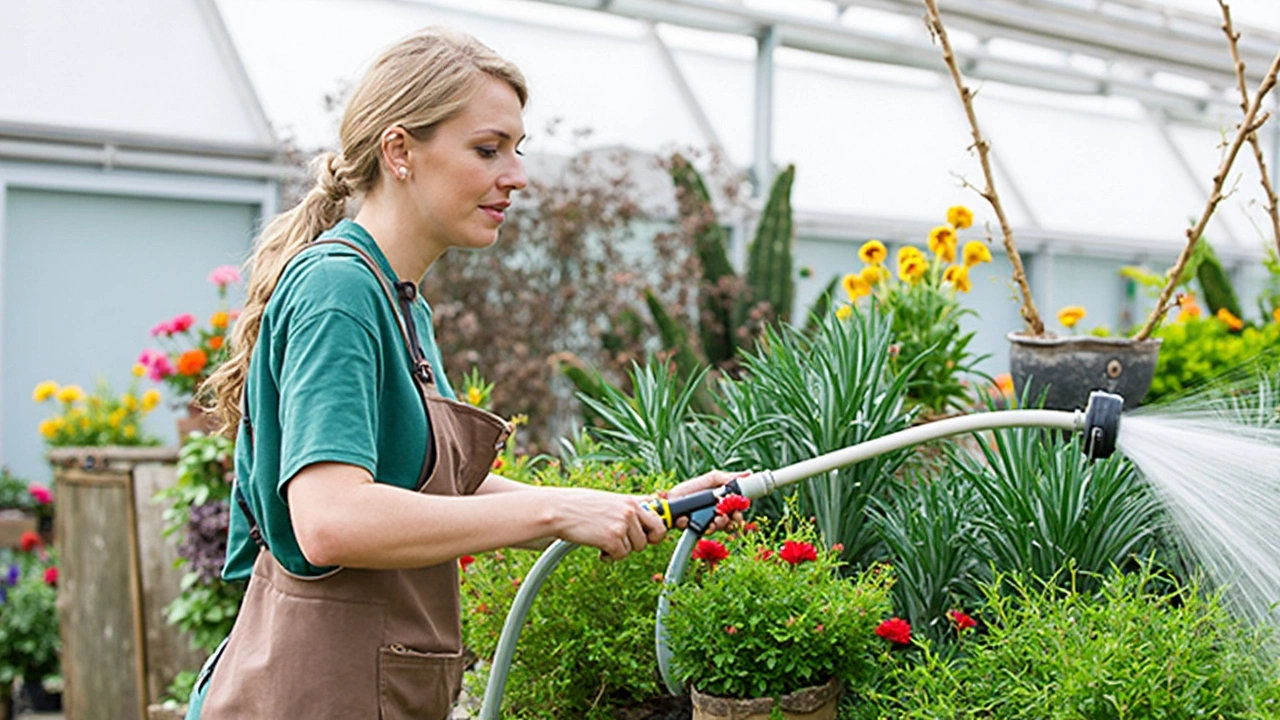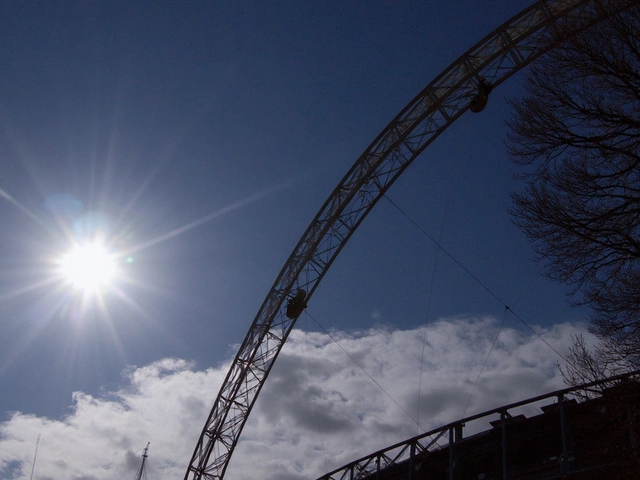Water Use Made Simple for Athletes and Sports Facilities
Whether you’re training on a field in Brooklyn or managing a gym in Manhattan, water is a basic need that often gets overlooked. Good water use means staying hydrated, keeping equipment clean, and protecting the environment at the same time. Below are easy steps you can start using today.
Hydration Basics for Players
Most coaches tell you to drink water, but the timing matters. Sip a cup of water 15 minutes before practice, then keep a bottle handy during drills. Aim for about 200‑250 ml every 20 minutes, especially when it’s hot outside. If you sweat a lot, swap half the water for a sports drink that has electrolytes.
After a workout, drink enough to replace the fluid you lost. A quick way to check is the “color test”: light yellow urine means you’re on track, dark yellow means you need more water. Keep a log on your phone if you want a visual reminder.
Saving Water at Sports Venues
Facilities can cut water bills without hurting performance. Install low‑flow faucets in locker rooms and use timers on irrigation systems for fields. A drip‑irrigation line uses 30‑40% less water than sprinklers and keeps the grass healthy.
Collect rainwater in barrels and use it for a quick field wash or to refill practice‑ball machines. It’s cheap, easy, and reduces the load on the city’s supply.
Cleaning equipment doesn’t have to be a wasteful splash‑fest. Fill a bucket with soapy water and scrub gear there instead of running a hose for every item. Rinse with a spray nozzle set to a fine mist, which uses far less water than a full‑blast hose.
Encourage staff to turn off taps when not in use. A simple “don’t let it run” sign in the restroom can save gallons each day. Small habits add up quickly, especially in big venues.
For coaches, make water use part of the training plan. Set a water‑break schedule, talk about why staying hydrated improves focus, and reward teams that meet their daily water goals. When players see the link between performance and proper water use, they’re more likely to keep the habit.
Need a quick checklist? Here it is:
- Pre‑drink 200 ml of water 15 min before activity.
- Sip 200‑250 ml every 20 min during training.
- Use low‑flow fixtures in all locker rooms.
- Install drip irrigation for fields.
- Collect rainwater for non‑drinking uses.
- Wash gear in buckets, not under a running hose.
By making these changes, you’ll see better hydration, lower costs, and a greener community. Water is cheap, but using it wisely makes a big difference for athletes and venues alike.
Kieran Lockhart, Jul, 12 2025
Hosepipe Ban Exemptions: What UK Small Businesses Need to Know
UK small businesses can mostly keep using hosepipes during bans if it's for commercial work. Exemptions cover things like watering crops and washing vehicles. The northwest risks stricter bans, so checking local rules is key to avoid fines.
View More




